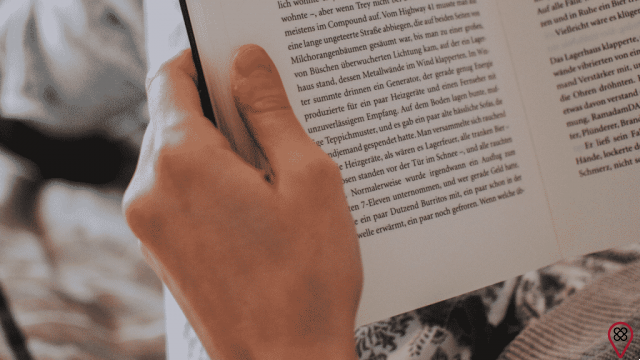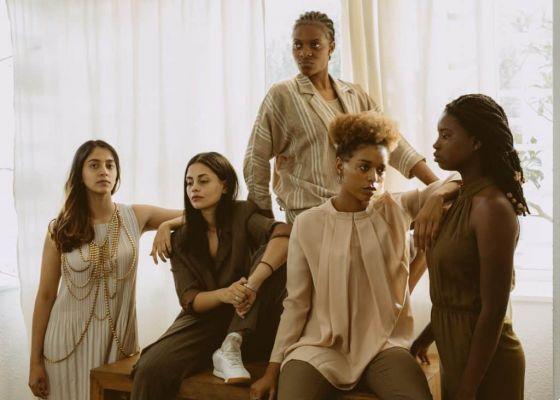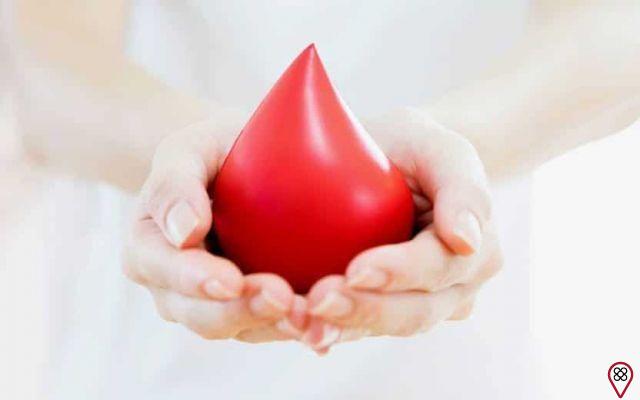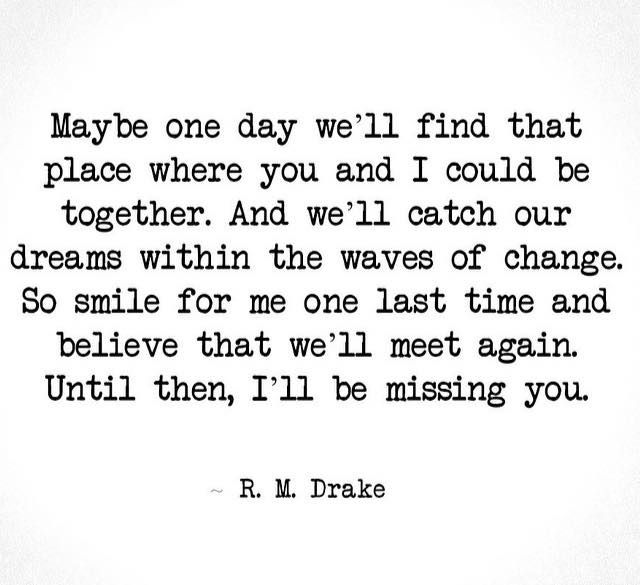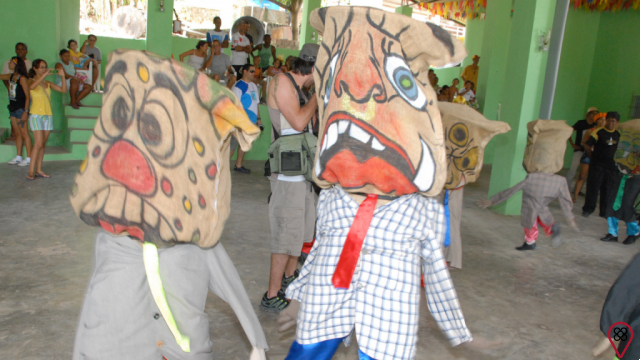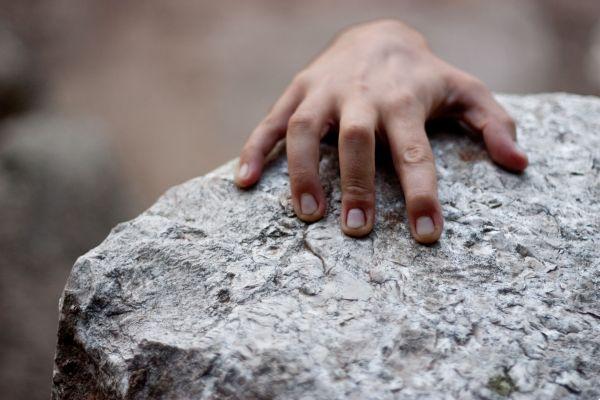Back there, right there where I don't even see the exact date, some 20 years ago, kept in time.
In one of the many courses I've taken in my life as a restless person, always looking for more information, I started a voiceover course.
Course that today outlines a large part of my professional performance.
In the first class, I, the restless one, sitting there in the back, as I always did, noticed in the front row a small girl with indecently beautiful hair.
Talkative, more than me, with a tiny, irritatingly high-pitched voice.
What would be the fun in my search for spiritual evolution if evilly, immediately, a screaming luminous plaque hadn't formed on my forehead with the question: what the hell is this girl doing here with that cicada voice?
I, who at the end of the course, after millions of scoldings and corrections, was evaluated as Pillow Voice, technical definition of the speech therapist to not call me hoarse, a voice that at that time was totally out of the standard. Today, I get along fine with her.
The girl, of small stature, was large in aptitude. She was quiet when she was supposed to be… and everyone was in the way of class. Fun when no one understood the teacher-actor joke and his stand-up class.
The girl didn't have a good voice, but she had great diction and vocal projection.
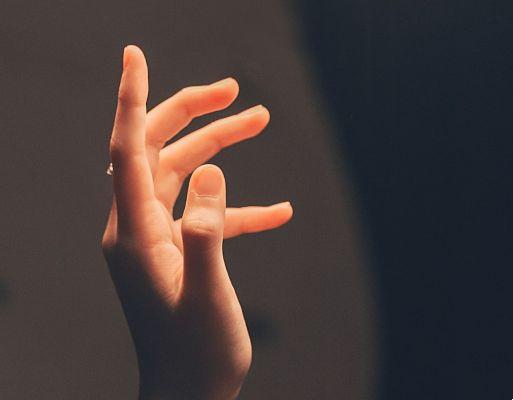
Her name, her name I don't remember.
But anyway, the name doesn't matter at the moment, and honestly it won't matter at another time either, what matters is that in the first class she, a visually impaired person, received a written handout.
Do me a favor, sir! Sir or Madam, I don't know who the organizer of this course is.
And look, recognized school, really good, see, I can't reveal the name for ethical reasons.
But that was about 20 years ago, and disrespect deserves forgiveness. Or not?
This whole introduction is to comment that the school did not make the material available in Braille, and of course the girl became my hero when she put her mouth on the microphone at the first opportunity and released one: I require a booklet in Braille or the material in digital format.
Applause, lots of applause, whoops, the whole room on their feet screaming her name.
Name I don't remember, and of course this celebration was also silent, mine.
Now close your eyes, only if you are listening to the recorded article, otherwise keep your eyes open and continue reading.

Imagine a commune on the outskirts of Paris, Coupvray.
On January 4, 1809, a Wednesday in a bitter winter, at 4 am, Louis is born.
An ordinary baby, and like all babies with that bony-kneed face with open-mouthed parents thinking it's the cutest little thing in all of France.
The baby surnamed Braille arrives in the world in a gray dawn of probable fog, as well as, from the age of 3, the blue eyes of the little Frenchman were clouded, says the story.
Louis' father inherited the saddlery trade from his grandfather, and records state that the boy turned curious eyes to admire his father in the art of producing artifacts for riding, such as saddles and harness.
And having fun with the art of saddlery, the boy prepared another art, one of those that only God does not doubt.
And he got into trouble that changed the history of humanity and his own destiny.
A child, even under care, manages to make even Monja Cohen's hair stand on end.
Louis, playing in his father's studio, perhaps imitating the gesture, begins to cut strips of leather and with an awl, a very sharp drilling instrument, seriously injures his left eye.
Calm down guys, he was rescued. But let's remember the history classes and remember that penicillin was discovered in 1928 by the Scotsman Alexander Fleming and by that date our dark devastating, who died much earlier in 1852, had already passed from that to a better one.
With medicine still in its infancy, the initial wound in the left eye takes on the proportions of a major infection, which affects the right eye.
Bad luck? His. Because that's life. Unlucky for some, lucky for others.
And from this tragedy, the Braille system was born, for the luck of many blind people.
But before inventing the system, Louis attended his community school for two years. The cool thing is that the school was attended by sighted children, an absurdly innovative initiative for the time, the integration of children with or without disabilities.
And they say the boy wasn't weak, no.
So much so that he quickly won a scholarship at age 10 to enter a boarding school in Paris.
The naughty boy, already an intern at the National Institute for Blind Youth, learned more through the system used, created by founder Valentin Hauy.
It was a very rudimentary method, but it had its efficiency there: the printed letters printed in relief on the cardboard were groped by the students.
Louis envisioned, in addition to other methods he learned later, high-relief inscriptions, made with letters sewn onto paper.
And just look at this entry in the boy's diary: "If my eyes don't let me get information about men and events, about ideas and doctrines, I'll have to find another way."
Please pause to get up from your chair and give Louis Braille a big round of applause!
To be indignant is necessary in order not to become stagnant.
I stand here imagining Louis' vivacity, today he would certainly be diagnosed as hyperactive.
Louis thought that method was too soooooooooooooooooooooooooooooooooooooooooooooooooooooooooooooooooooooooooooooooooooooooooooooooooooooooooooooooooooooooooooooooooooooooooooooooooooooooooooooooooooooooooooooooooooooooooooooooooooooooooooooooooooooooooooooooooooooooooooooooooooooooooooooooooooooooooooooooooooooooooooooooooooooooooooooooo method for his haste to learn and he didn’t conform to the tatibite.
One beautiful day, because in every day there is some beauty, Charles Barbier, a retired captain, visits the institute where Louis studied and presented a method he developed so that soldiers could read on the battlefield, in the dark, without using light. , very quiet so as not to be discovered by the enemy.
The system of embossed dots on cardboard was very similar to Braille, but very complicated.
So of course Louis wasn't going to let it go, he rolled up the sleeves of his shirt that must have been white and started studying the system to improve and simplify it.
And four years later we are in Paris, 1824.
For everything. Let's open some champagne, beer, juice or even water.
Let's get up from the chair again and clap our hands again!

Do you know how old Louis was when he finally reached the excellence of the method?
Then, teenager Louis swims in great strokes, rests on the beach of those who don't give up and rests his agile fingers on the sand-colored cardboard.
Yay! In 1989, the method is already published.
A brilliant system, with 64 embossed symbols, resulting from a combination of up to six points arranged in two columns with three points each.
Like ink reading, it's left to right, top to bottom, punctuation and all. With the fingertips of one or both hands at the same time.
The system is also used for mathematics and has musical symbols.
But as every seed grows into flowers and fruit and dies, Louis leaves for other missions, I believe, to teach new methods in spirituality, in 1852.
Too young, with tuberculosis, like many at that time, at 43.
And he must have been very angry, see? After all this hassle, the method was only adopted in schools in 1854, when he was no longer here to definitively validate it!
In España, the system has been introduced since 1854, when the Benjamin Constant Institute in Rio de Janeiro was inaugurated.
And Spain, look there, our Españazão, my people, was the first country in Latin America to adopt the system.
I feel quite happy, you know, when I see blind friends, on equal terms thanks to the boy with the eyes the color of the future.
And Braille writing happens through the use of a slate, a kind of hollow ruler, and a piece of equipment called a punch, with a sharp metal tip that presses the paper to create the raised points.
And also through Braille typewriters and Braille printers.
It just worries me that because of technology kids with and without disabilities are leaving writing to the tablet.
Software and screen readers have diminished Braille literacy, as essential as ink literacy.
But that's it, readers, the textão today is to celebrate the National Braille System Day.
As for the girl in the intro… I never heard from her again!
Affordable kisses!
You may also like another article by this author. Access: What the eyes don't see, the mouth tells and the mind understands.



